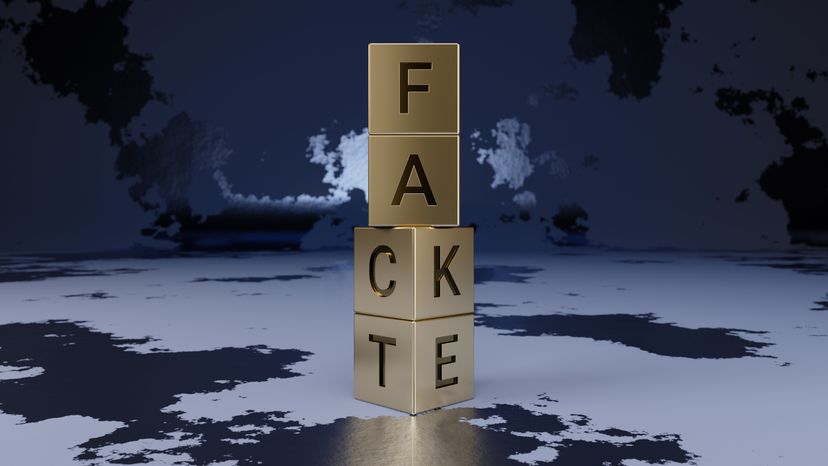
There are plenty of conspiracy theories out there that help fuel the imaginations of the truly paranoid; NASA faked the moon landing, Paul McCartney has been dead since 1967, 9/11 was an inside job, and hybrid lizard humanoids are the real rulers of planet Earth. While it might be difficult to disprove the existence of our lizard overlords, most of these conspiracy theories fall apart with even a small amount of research. Here is our list of 11 unbelievable conspiracy theories that are actually true.
Advertisement